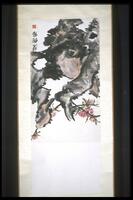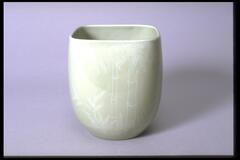5599 UMMA Objects
5599 UMMA Objects
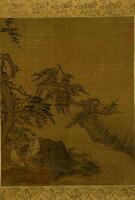
Chinese (Chinese (culture or style))
Scholars under the Juniper Tree
15th century
Gift of William Muschenheim
1983/2.140

Japanese (Japanese (culture or style))
Bodhisattva Mañjusri (J. Monju Bosatsu), seated on a lion
15th century
Bequest of Margaret Watson Parker
1954/1.207

Korean (Korean (culture or style))
Tea Bowl, 'ido chawan' type
16th century
Bequest of Margaret Watson Parker
1954/1.535
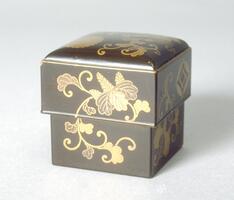
Japanese (Japanese (culture or style))
Container with lid
1800 – 1850
Bequest of Margaret Watson Parker
1955/1.162A&B
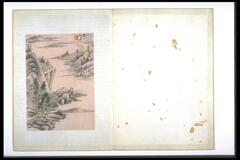
Wang Jian (Chinese (culture or style))
Landscape, Lakes and Mountains to the Farthest Distance
1661
Gift of Mr. Chung Mo-nan
1956/2.18
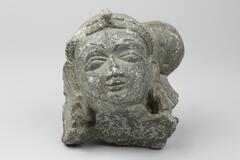
Indian (Indian (South Asian))
Head of a Woman
Gift of Professor Walter M. and Nesta R. Spink
1985/2.145

Ōhara Tonshū (Donshū)
Mountain Hut among Pines
1831 – 1844
Museum purchase made possible by a gift from Helmut Stern
1985/2.27

Yamaguchi Soken (Sojun)
Japanese Beauty in a Red Maple Leaf Robe
1800 – 1832
Museum purchase made possible by a gift from Helmut Stern
1985/2.7
Loading…

